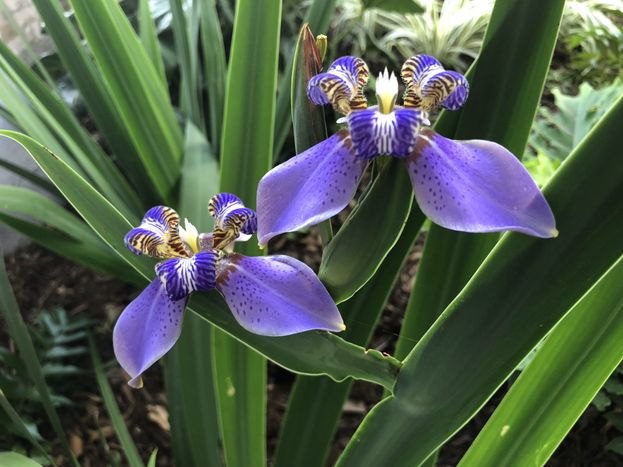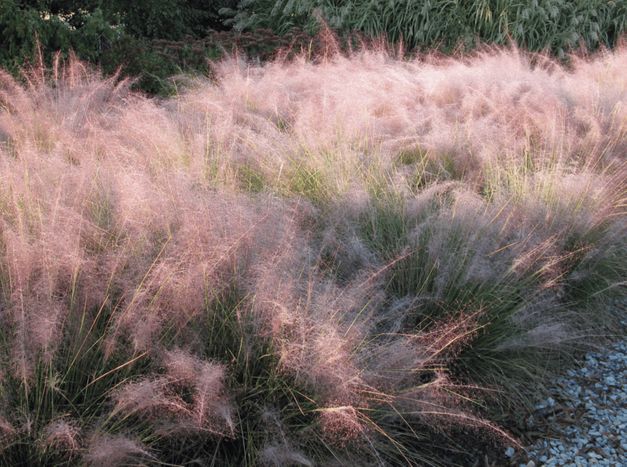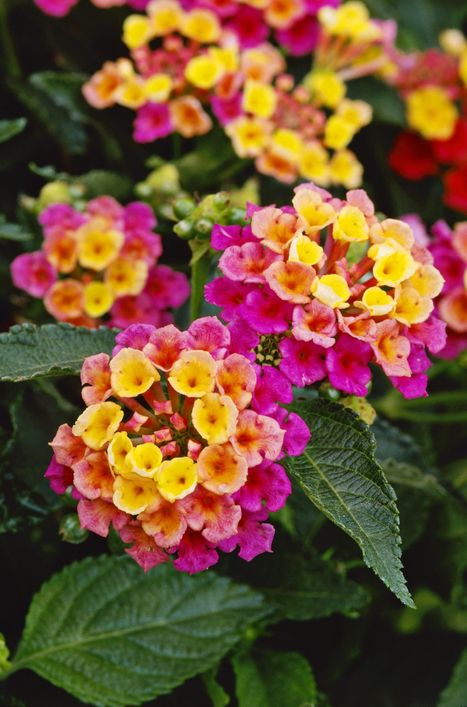Native plants are a vital element to Waterloo Outdoor Design Build, both in ethos and aesthetic. Our landscape designers work with our clients to create a plant palette using mostly native and adapted plants and grasses. Adapted plants are not invasive, but are able to thrive in the local climate and soil conditions. There is a great deal of variety within the plants that are native to the greater Austin area. Not only do native plants foster sustainability, but they also have an abundance of economic and environmental benefits that we will detail in this post.

The Benefits of Native Plants
BY WATERLOO AUSTIN DESIGN BUILD

Regina Walking Iris
Native plants are species that grow naturally in a region in which they evolved and are adapted to local environmental conditions. For this reason, they tend to be low-maintenance and drought-tolerant which saves time, money, and perhaps the most valuable natural resource, water. Drip irrigation is the most cost-effective and water-wise way to supplement rainfall and keep your plants happy. Drip irrigation systems use 30-50% less water and there is less water evaporation compared to sprinkler systems. Studies show that the cost of maintaining a native garden is thousands of dollars less than the cost of maintaining non-native turf grasses.

Pink Muhly
Native plants also require less fertilization due to the fact that they flourish naturally once established. Excess fertilizers runoff into lakes and rivers causing excess algae growth. This depletes oxygen in our waters and harms aquatic life. Using fewer fertilizers and pesticides also creates a healthier environment for you and your family to spend time in.
Another way in which native plants are good for the environment is that they provide nectar to pollinators including native bees, butterflies, moths and bats which all naturally fertilize your plants. Other creatures that benefit from environments flush with native plants are birds. Birds eat insects that live on native plants. Insects require native plants because they have evolved next to these plants which have helped them build up tolerances to the plants’ defensive mechanisms. Having mostly native plants helps promote a healthy food web wherein birds have plenty of food and can thrive!

Confetti Lantana
We have described many benefits of native plants thus far, but we have not mentioned their beauty. There is a great deal of variety when it comes to plants that are native to Austin. While we are fortunate enough to live in a region that loves agaves and other succulents, these are not the only options by any means. Indigo spires, irises, crossvine, pink muhly, redbuds, daisies, coneflower, and lantana are all colorful native plants. The greater Austin area also has a long growing season which means we get to enjoy our plants looking their best for most months of the year due to our relatively temperate winters.
Native plants help conserve water, money and time while creating an earth-wise landscape. There are many attractive and colorful options in native plants around Austin, so you don’t have to sacrifice aesthetics to have a sustainable garden.
If you need help selecting plants for any reason, feel free to contact Waterloo Landscaping Designers in Austin, TX. Our designers are happy to help!
